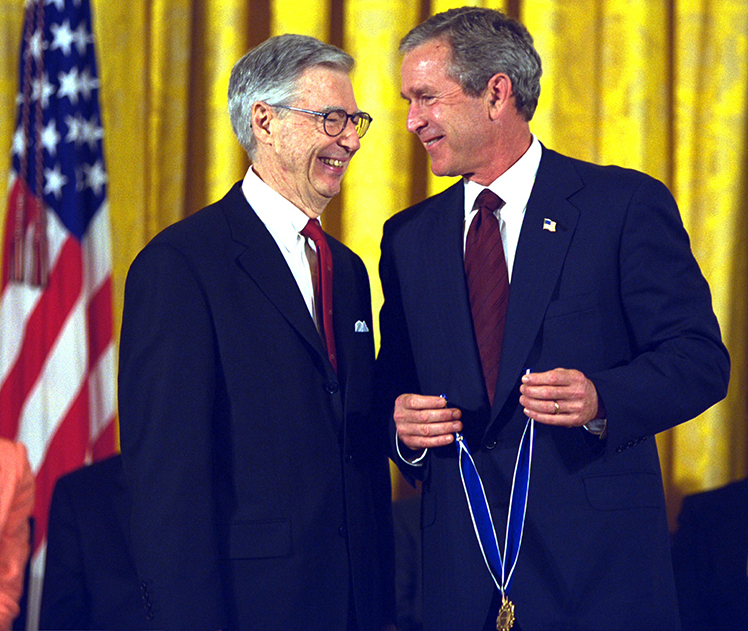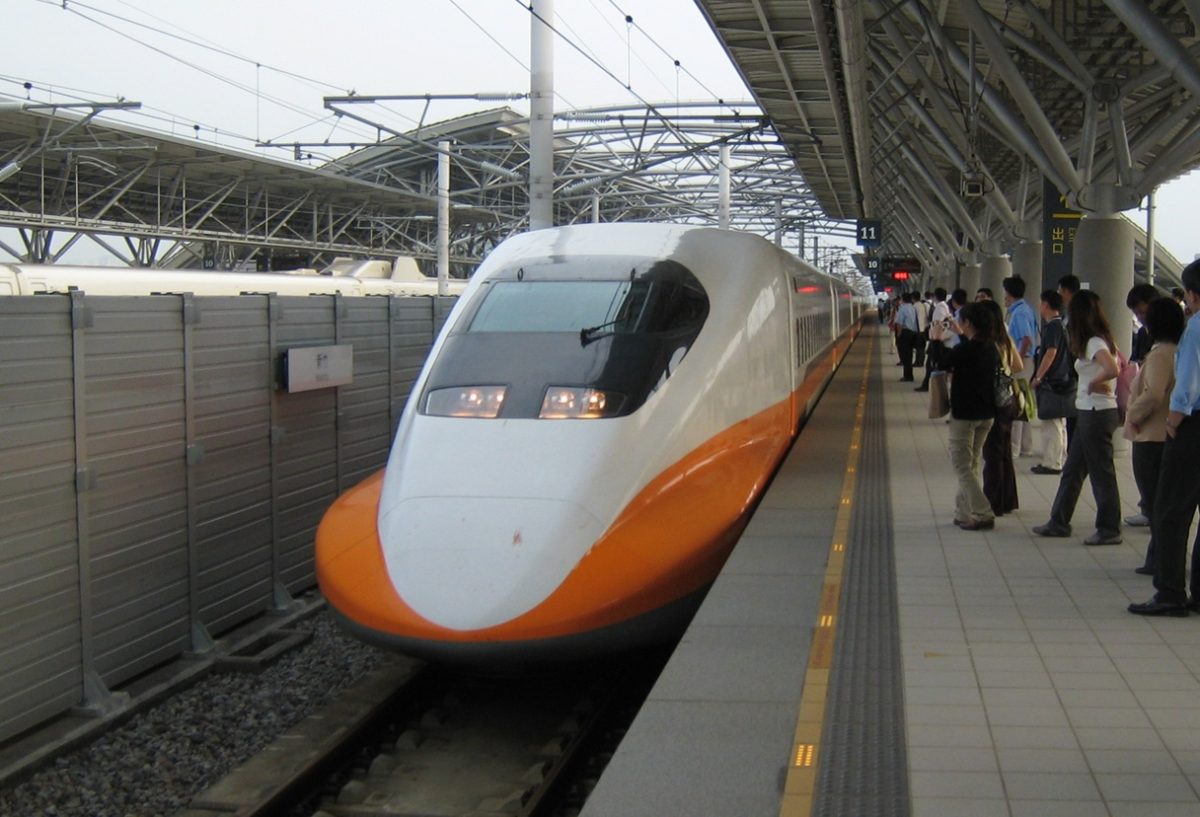Helicopters are fighting a war on two fronts.
First, their survivability on a modern battlefield has been challenged. Delicate, slow and low-flying helicopters have always been vulnerable to man-portable MANPADS or planes. However, the war in Ukraine has exposed new openings of attack. Evolving technology like widely-available FPV drones have democratized reconnaissance and fires, equalizing a fight between infantry and helicopters. At the same time, limited-range helicopters are increasingly destroyed on the ground or ranged out, with even the organic firepower of Ukrainian infantry able to provide “good enough” area denial against most helicopter operations, limiting practical capabilities.
This leads to the helicopter’s second problem: a competitor. Even if helicopters were not perfect, they were unique and critical. In the past, a helicopter might be the only thing with the ability to cheaply penetrate enemy airspace to deliver a strike package or loiter without being detected. But recent drone advances have usurped both roles: Ukrainian one-way attack drones can be faster, cheaper, and stealthier without needing to provide thrust or a return trip for pilots; smaller loitering munitions can leverage a cost advantage into mass for better battlefield coverage with less risk to expensive capital assets like helicopters. With cheap production and no lives lost in a downed craft, drones can attack in swarms to saturate enemy air defenses or operate in conditions that are otherwise too risky. Even when drones fail, shot down by air defenses, they succeed: the comparative cost of interceptors will quickly drain enemy treasuries and stockpiles.
Current helicopters were designed for the Cold War, and we are expecting them to fight in a modern battlefield. Not only are existing helicopters designed for a different war, the tool of helicopters altogether may not have a place in modern large-scale conventional war (LSCO). Drones are cheap and stealthy, and “good enough” in other areas to cover most missions. Do they have the same sensor package, flexibility or munitions package? No. But they are good enough for 90% of cases, and can increasingly push out helicopters in a high-low mix. A drone may not be able to solve the problem immediately, but give it a few months and you might have a tailor-made solution at a hundredth of the price. One example is on the Black Sea, where Ukranian sea drones were crash-developed, and two years later Russian warships have been neutered.
That being said, we cannot expect helicopters to disappear completely. As long as they can fly, they can always be used as bomb trucks or to extend the range of munitions. However, we can expect future procurements to focus on replacing many of helicopter’s traditional roles with drones. This is already occurring, with the Army trading helicopter funding for investments in drones. And, as stated before, vulnerability alone will not replace helicopters, because they have a unique and valuable niche. Tools don’t need to be perfect, they just need to be the least bad way to fulfill a task. Airlift remains a key area of advantage for helicopters, where the size of helicopters is an advantage and vulnerability concerns are less relevant. While Medevac capabilities are unlikely to be found in drones, a lack of air superiority during LSCO will make air evacuation of casualties near-impossible, so this cannot be counted on for airframe demand. The ASW capabilities of helicopters will also remain effective for sub-hunting, where loiter times and expensive sensor packages are king. But the widespread deployment of naval drones may slowly squeeze helicopters out of that role as well. A natural evolution for helicopters, with advanced avionic suites and human operators, is acting as drone controllers.
In short, helicopters are increasingly squeezed on a transparent and lethal modern battlefield. Drones are the biggest threat to the attack helicopter, both as an opponent and replacement. While drones have unique advantages and will continue to replace helicopters in some roles as technology and specialization advances, helicopters will remain or advance into new roles such as logistics or drone control.









